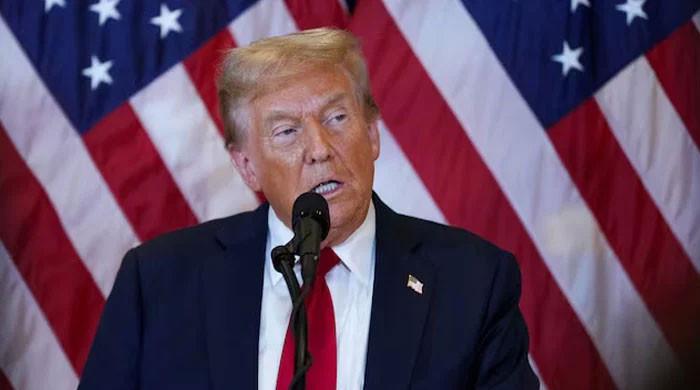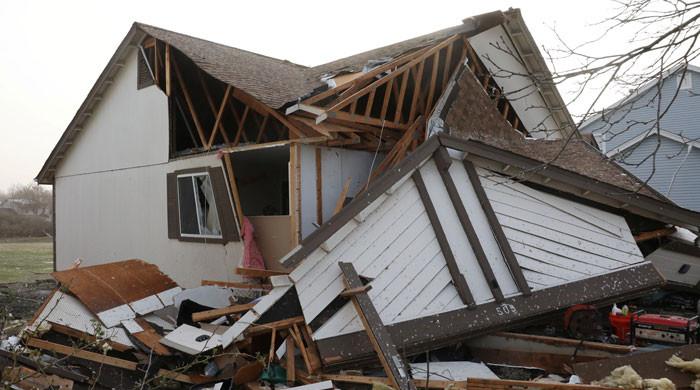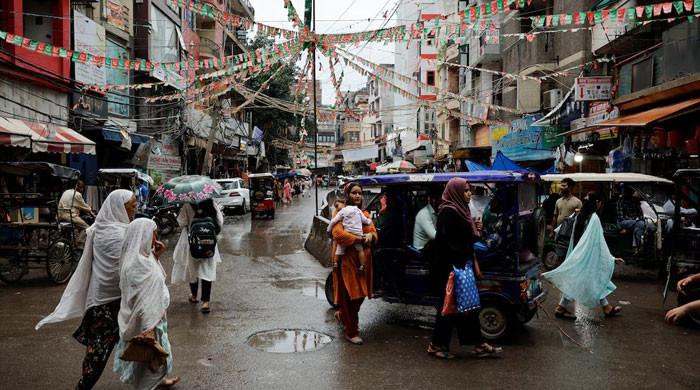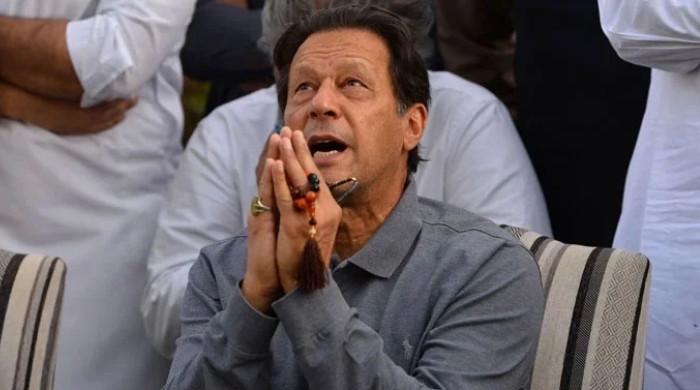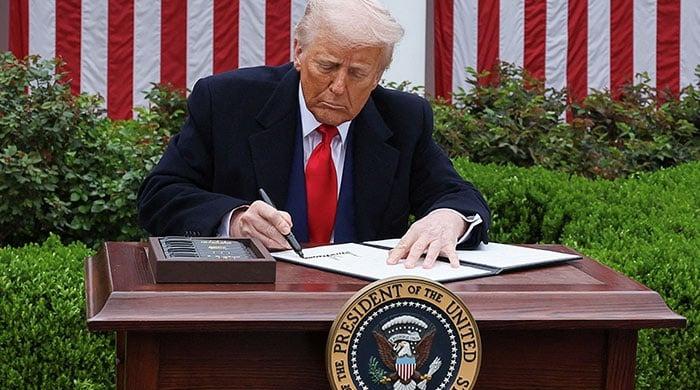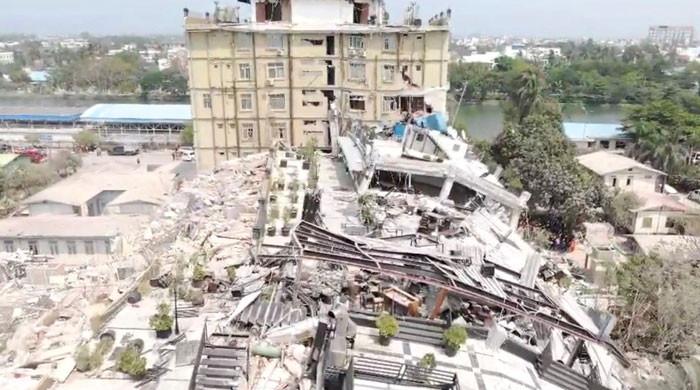Children in South Asia 'at risk' due to world's 'worst' water scarcity: Unicef
Another 35 million children expected to be vulnerable to "high water stress levels" by 2050, body warns
November 13, 2023
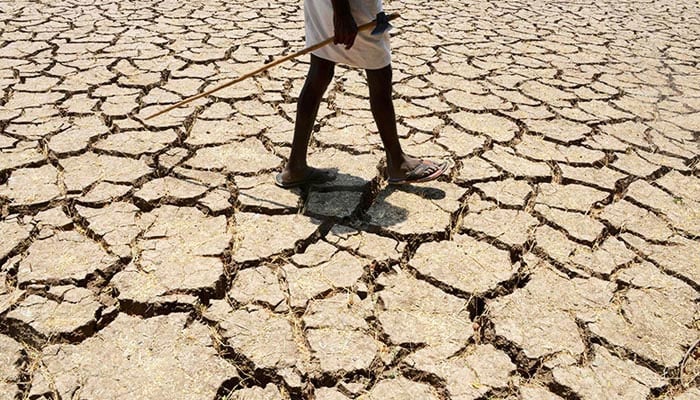
- As many as 739 million children facing water scarcity worldwide: Unicef.
- Agency projects another 35 million children to be at risk by year 2050.
- Climate change affecting children's mental health, says Unicef director.
The United Nations Children's Fund (Unicef) has warned that children living in South Asian countries are at risk due to worsening water scarcity in the region.
The majority of the most affected children reside in South, South East Asia, Central Asia, and some sub-Saharan countries, according to the UN agency's report: "The Climate Changed Child".
The revelation is alarming, as South Asia with its eight countries, is one of the worst-affected regions by climate change and amounts to one-quarter of the world's children.
According to the agency, as many as 739 million children around the world are facing "high or very high" water scarcity — which is ascertained via composite measure of baseline water stress, seasonal variability, interannual variability, groundwater table decline, and drought risk.
A high Unicef Children’s Climate Risk Index reflects increased exposure to risks associated with water scarcity.
The report also highlighted that 436 million children are facing "extreme water vulnerability", which is categorised as the double burden of high or very high water scarcity.
Extreme water vulnerability is a key contributor to the deaths of children under five years of age due to "preventable diseases".
Terming the adverse effects of climate change as "devastating" for children, Unicef Executive Director Catherine Russell said that the phenomenon particularly affects children's physical and mental health.
Meanwhile, Unicef South Asia head Sanjay Wijesekera has also acknowledged that millions of children in the region facing a shortage of drinking water.
Terming investments in safe drinking water and sanitation services" as the "first line of defence to protect children from climate change impacts", the report further warns that 35 million children will be vulnerable to "high or very high water stress levels" — the ratio of total water demand to available surface, groundwater supplies — by the year 2050 in South Asia, Middle East and North Africa regions.
Unicef, at COP28, has called on world leaders to embed children in the Global Stocktake (GST) and include "children and climate resilient essential services within the final decision on the Global Goal for Adaptation (GGA)."




